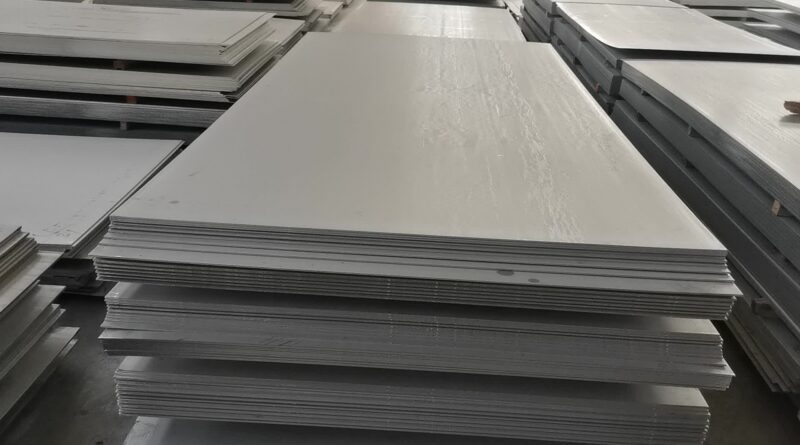Unleashing the Versatility: Exploring the Applications of Stainless Steel 410 Plate
In the vast landscape of industrial materials, stainless steel stands out for its exceptional durability, corrosion resistance, and versatility. Among the various grades of stainless steel, the stainless steel 410 plate holds a prominent position, finding applications across a multitude of industries. Its unique combination of properties makes it a go-to choice for engineers and manufacturers seeking reliable and cost-effective solutions.
Understanding Stainless Steel 410 Plate
Stainless steel 410 is a martensitic chromium steel, meaning it can be hardened through heat treatment. This characteristic sets it apart from austenitic stainless steels, which are generally non-magnetic and cannot be hardened by heat treatment. The “410” designation indicates its specific chemical composition, primarily consisting of chromium (11.5-13.5%) and carbon (0.15% maximum). This composition provides a good balance of corrosion resistance and strength.
The stainless steel 410 plate is produced by rolling or pressing the steel into flat sheets of varying thicknesses. Its availability in different sizes and thicknesses allows for flexibility in fabrication and design. The heat treatable nature of this steel results in a material that can achieve high hardness and strength, making it suitable for applications where wear resistance is crucial.
Key Properties and Advantages
The popularity of stainless steel 410 plate stems from its advantageous properties:
- Corrosion Resistance: While not as corrosion-resistant as austenitic grades like 304 or 316, 410 offers good resistance to atmospheric corrosion, fresh water, and mild chemicals.
- High Strength and Hardness: Through heat treatment, 410 can achieve high hardness and tensile strength, making it suitable for structural applications and components subject to wear.
- Magnetic Properties: Being a martensitic steel, 410 is magnetic, which can be an advantage in certain applications.
- Machinability: 410 can be readily machined in its annealed state, allowing for easy fabrication and shaping.
- Cost-Effectiveness: Compared to higher-grade stainless steels, 410 offers a more economical solution for applications where extreme corrosion resistance is not required.
Diverse Applications Across Industries
The unique properties of the stainless steel 410 plate make it a versatile material for a wide range of applications:
- Cutlery and Utensils: Its hardness and corrosion resistance make 410 a common choice for manufacturing knives, forks, and other cutlery items.
- Fasteners and Hardware: Bolts, screws, and other fasteners made from 410 offer good strength and corrosion resistance for general-purpose applications.
- Valve and Pump Components: In fluid handling systems, 410 is used for valve seats, pump shafts, and other components that require wear resistance and moderate corrosion resistance.
- Turbine Blades: Due to its high strength and heat resistance, 410 is sometimes used in the manufacturing of turbine blades for steam turbines and other high-temperature applications.
- Structural Components: In applications where moderate corrosion resistance and high strength are required, 410 plates can be used for structural components in various industries.
- Medical Instruments: some medical instruments that do not require the highest levels of corrosion resistance utilize 410 stainless steel.
Heat Treatment and Fabrication
The heat treatable nature of 410 allows for flexibility in achieving desired mechanical properties. Annealing, hardening, and tempering are common heat treatment processes used to tailor the material’s properties to specific applications.
Fabrication of 410 plates can be accomplished through various methods, including cutting, welding, and machining. Proper welding techniques are essential to maintain the material’s corrosion resistance and mechanical properties.
Considerations for Selection
When selecting stainless steel 410 plate, it’s crucial to consider the specific application requirements. Factors such as operating temperature, corrosion environment, and mechanical stress should be carefully evaluated. While 410 offers good corrosion resistance in many environments, it’s not suitable for highly corrosive applications where austenitic grades are required.
Conclusion
The stainless steel 410 plate stands as a testament to the versatility and reliability of stainless steel. Its unique combination of strength, hardness, and moderate corrosion resistance makes it a valuable material for a diverse range of applications. By understanding its properties and considering the specific requirements of each application, engineers and manufacturers can effectively leverage the advantages of 410 to create durable and cost-effective solutions.




